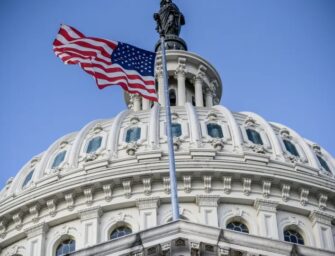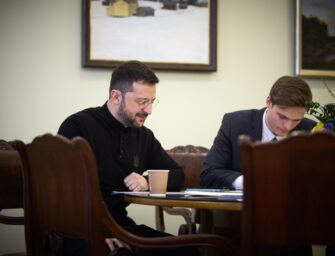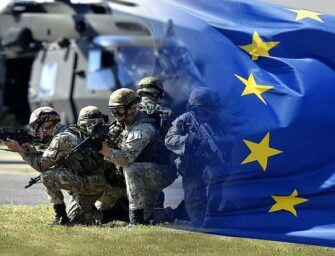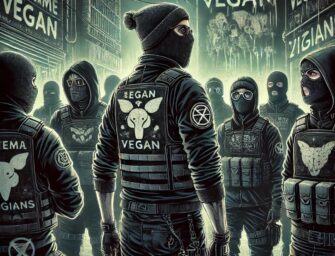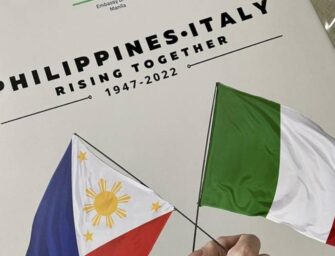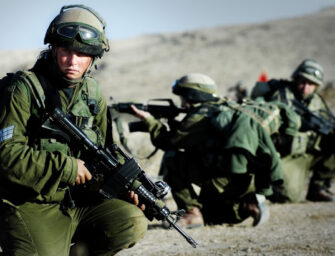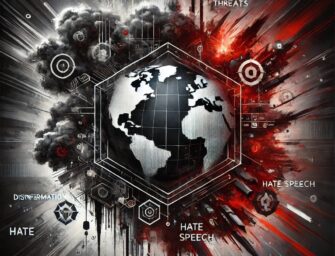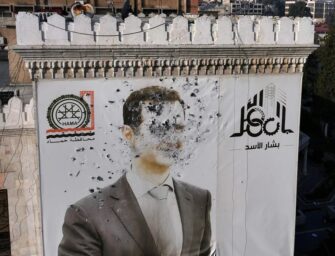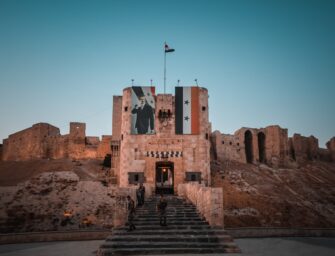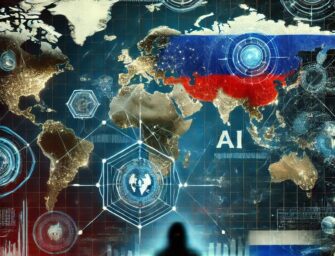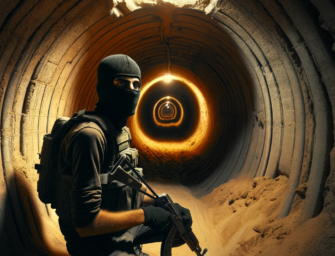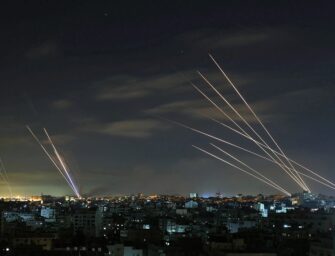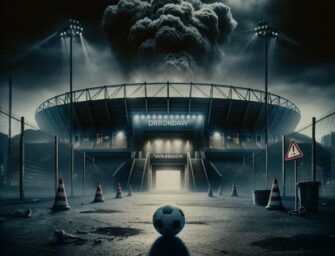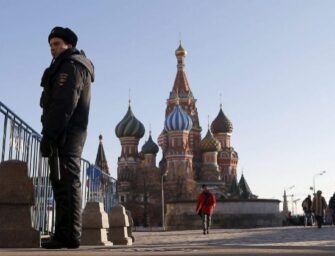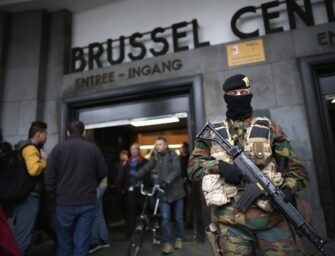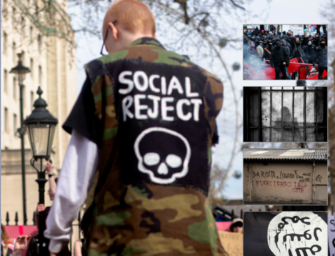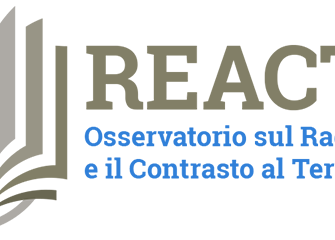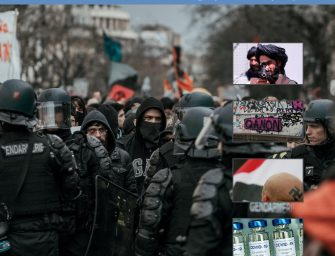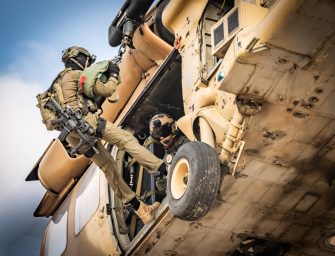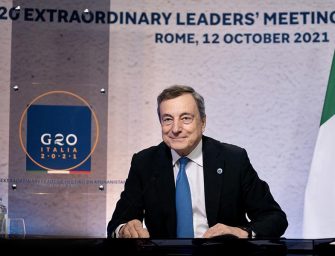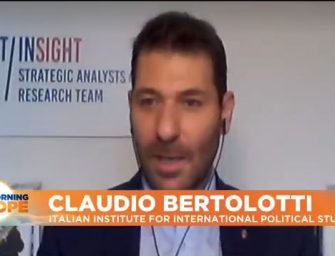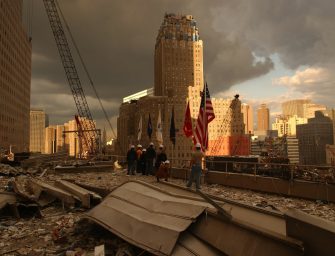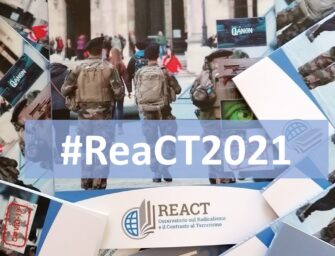Chaos at Capitol Hill: what went wrong?
by Luca Tenzi, Security and Resilience Strategist and Andrea Molle, START InSight
History teaches us that the assault on the Capitol building, which took place on Wednesday, January 6th, 2021, was anything but unpredictable. Although unfamiliar to most people, Congress has been the target of several attacks in the past. In 1954, for instance, a group of separatists from the US Territory of Puerto Rico opened fire inside the building, wounding five Congress members. In 1998, an armed individual managed to get through the security checkpoint, ultimately killing two police officers before being stopped. Lastly, the building was likely a target of the 9/11 attacks. Ever since, the possibility of a terrorist attack at Capitol Hill has been taken very seriously, or at least it should have been.
We can say that the threat of a mob-style assault was underestimated. One of the reasons is that, in recent American history, there had never been such a display of collective violence directed towards a government site. Not even the Vietnam war demonstrators stormed iconic seats of power like the Capitol building. Nor had the Black Lives Matter (BLM) movement ever crossed the line between civil disobedience and an act of insurrection towards a legitimate and democratically elected government.
However, in this case, everything suggested that January 6th would not be just a simple protest. In the days leading up to it, many signs should have alarmed the American intelligence community. Open-source intelligence had signaled that Donald Trump’s supporters were making plans for the day and were sharing information in plain sight on social media. Among some of the monitored conversations, there were suspicious threads, including, for example, an extensive discussion concerning the best ways to smuggle weapons into DC. In cases like this, when there is a clear potential for violence to erupt, the twelve local and federal law enforcement agencies that operate in DC engage in planning coordinate operations. Intel gathering and planning for preventive security measures is usually undertaken with the FBI or the NSA (National Security Agency) taking a leading role. However, it is not clear if that was the case on January 6th.
It should be noted that a plethora of local, state, and federal security and law enforcement agencies operate simultaneously in Washington DC. All of them are tasked with protecting representatives and iconic sites of the federal government. Following protocol, security planning was handled by the United States Capitol Police (USCP), a law enforcement agency of about 2,000 members under the direct control of Congress and uniquely tasked with protecting the Capitol building. The Head of Capitol Police, who recently resigned due to the political backlash, stated that he had requested reinforcements two days ahead. He had received credible and actionable intel that suggested the protests would be much more extensive and potentially more violent than anticipated. For reasons still unclear, the other actors of the US federal government’s vast security apparatus ignored the request and did not grant support.
The transition between the outgoing and the incoming administrations certainly explains some confusion in the decision-making process. Some key positions were occupied ad interim by outgoing officials and have certainly weakened operational and tactical decisions. The analysis of the decision-making timeline comforts this view. The events’ timeline is becoming more evident, suggesting that there have been many mistakes along the line. For example, a Department of Defense official stated that, at around 2:00 pm, the Mayor of Washington DC, Muriel Bowser, requested the National Guard to be dispatched on-site. That was about 45 minutes after the protestors had broken the barricade on the building’s external security perimeter.
Moreover, it is not clear why would the Mayor oversee such request rather than the Chief of Capitol Police, who serves on-site and certainly had a better understanding of the situation. The Capitol’s blurred chain of command aggravated the confusion. The interim Secretary of Defense, Chris Miller, deployed the National Guard only about 30 minutes after receiving the Mayor’s request. The National Guard was then joined by few neighboring states police departments tactical teams (SWAT). At that point, however, Capitol Hill was already lost as the mob had already entered the building. Despite a thin external security perimeter, no security perimeter was set inside the building, except for some agents tasked with defending the most sensible rooms. Since no physical barriers were used to block corridors and force an internal route, once inside, the assailants were able to roam freely while being chased by a now disoriented Police.
In the Rotunda, the iconic circular hall located under the Capitol building’s dome, gas masks were rapidly distributed. The outnumbered Capitol Police were by then using pepper spray and tear gas to slow down the mob. Simultaneously, the Secret Service proceeded to extract Vice-president Mike Pence, while Police officers extracted several other key members of Congress, including Speaker Nancy Pelosi. Security forces then used improvised barricades to block the doors accessing the Chamber of the House of Representatives. For example, a cabinet was pushed in front of the Chamber’s doors while senators and representatives were hiding under the desks waiting to be extracted.
Twenty years after 9/11, the Capitol Security Department’s annual budget is now set to around $450 million. If it is not for lack of resources, what did go wrong in defending the Capitol building? Among the many factors which played a role, two can be deemed essential to mention: First, the Capitol Police lack of preparation to manage a situation amenable to guerrilla warfare. Second, the structural weakness of the building itself. Capitol police officers are mainly tasked with and trained to keep protestors away from the Capitol building and the outside monumental staircase, thus securing the structure like a citadel. The reason for that is that the nineteenth century Capitol building has many doors and windows. Therefore, it is quite challenging for a security force, although large, to simultaneously defend all these access points. Once the steps were lost, the mob could -quite predictably- quickly find a way into the building. The second operational weakness is that the Capitol Police has contingency plans only for cases of what is legally defined as “planned activities of the First Amendment.” This means against moderately violent demonstrations that are not considered either a terrorist attack or guerrilla warfare.
While the risk of active protests and civil disobedience on the part of Trump supporters were certainly considered plausible, and in some way even expected, giving the tones of the outgoing President, the violent outburst came as a surprise to national and foreign experts. This physical violence was shocking because a place that was always regarded as one amongst the safest on earth was easily violated, revealing an unforgivable level of operational weakness by the US security and intelligence community.
Despite the alleged existence of several contingency plans, security was poorly designed, insufficient, and entrusted to an inadequate police force. The response looked wholly improvised to the point that the heads of the Departments of Justice, Defense, and Homeland Security have launched a rigorous investigation into their agencies’ shortcoming at the time of the assault.
All that happened points out that what took place in front of our eyes on January 6th was never really considered a possibility. Setting aside an analysis of the crowd dynamics, what was extremely surprising is the building’s physical fragility and the lack of planning. Simple physical countermeasures, including architectural elements designed to prevent an assault, limit or delay access to the building by the most violent protesters, were missing. Physical measures in the world of security experts are summarized in the 5D paradigm (deter, detect, deny, delay, defend). This model is now considered a best practice by all public and private security agencies. Their lack thereof is troubling. Even more so, because the United States is considered top of the game concerning security measures designed to protect government’s sites. Those have increased considerably after the events of 9/11. In the aftermath of 9/11, all sensitive targets, both on American soil and abroad, such as diplomatic offices, went through a complete security overhaul, and dedicated budgets grew exponentially. Today, all the American embassies are considered the golden standards of security measures, which are draconian in some cases. Architectural measures, urban restyling, new technical solutions, and armed personnel’s constant presence have now become the norm thanks to the US. The use of the concepts of crime prevention through environmental design (CPTED) is among the critical elements of this paradigm change in security planning and sees its best application so far with the new American Embassy design in London. The multi-disciplinary approach to deterring criminal behavior has reached its apex, turning the Embassy into an almost impenetrable fortress.
Unfortunately, we cannot say the same for many critical sites of American politics in Washington DC. Like many other government sites on American soil, the Capitol building remains easily accessible to the public, which turns it into a soft target. Visitors can collect intel during either guided tours or meetings with their government representatives while roaming almost freely inside the building. Moreover, the internet provides further chances to collect information about the building as several websites offer incredibly detailed maps of the Capitol building available to the public. These maps are even updated whenever changes or renovations are made. Following the events of January 6th, the security measures and the Vice President’s movements have been studied, analyzed, and reported by the mass media, exposing a lack of discretion in handling confidential information.
Another element of weakness is that of a lack of threat perception due to cultural biases. Despite having provided a complete first line of defense, including anti-climb fences, during the Black Lives Matter movement’s protests, the same preventive measures were not deployed against Trump supporters. The physical barriers used on January 6th were the same as those customarily used to direct crowds, for example, during a concert. Certainly not the same type of fences which were seen deployed, along with the National Guard, in defense of the Capitol building and the White House on the occasion of the George Floyd protests. The reaction of the security apparatus was at that time probably exaggerated. It should also be mentioned that President Trump had demanded a very tall fence to be built around the White House. Paradoxically, this request was considered despicable by many observers precisely because the outside of the White House is seen as a place where the people can exercise their constitutional right to protest.
A final surprising element was the presence of poorly protected and easily accessible entry points. For example, the windows on the lower floors were neither manned nor equipped with shatterproof glass. In much of the footage, we can see that only the main entry doors were armored. By contrast, others were quickly forced by means of elementary objects found on-site (e.g., metal chairs or bars), allowing the mob’s avant-garde to access the building and open other doors from the inside. The inside doors, for example, were not reinforced, nor were the windows bulletproof. The images of armed agents defending the chambers behind what appears to be a wardrobe placed against the main access door, and the death of a protester hit by a bullet fired through a French window by a police officer, confirm our suspicion. Moreover, the Capitol building was partially covered in scaffoldings due to some of its facades’ renovation. Those unprotected scaffolding served as a made-up assault tower, allowing access to the upper floors and the roof and providing melee weapons to the attackers.
In conclusion, if democracy has shown remarkable resilience, security has failed spectacularly. The lack of operational and physical planning and systemic issues in the Capitol Hill security apparatus chain suggest that the United States is utterly unprepared to face a domestic threat perpetrated by lower-middle-class Caucasian citizens.
The prejudice is not only due to the intelligence community’s unwillingness to adapt its threat perception to a target other than the stereotypical jihadist from overseas, but also and perhaps above all, to its very own Constitution. The first and second amendments do guarantee the right to express opinions even in an aggressive fashion, and to own and carry weapons or organize militias to respond to external and internal threats, including those that -in the collective imagination- might originate from the government. This flammable mixture helped create the conditions conducive to January 6th and today contributes to making high profile sites, such as the Capitol Hill and the White House itself, soft targets.
As there has been a before and an after to 9/11, there will be a before and an after to 1/06. Whereas the rights enshrined in the US Constitution will not be changed, we can foreshadow and hope that domestic terrorism will be monitored closely. We will also have discussions, difficult ones, on security measures in government buildings open to the public, first and foremost the Capitol. Discussions that already began in the days following the assault, when Democratic Speaker Nancy Pelosi ordered that Capitol Police introduce airport level checkpoints to access Congress. A measure that did not go uncontested.
Photo by LOGAN WEAVER on Unsplash








